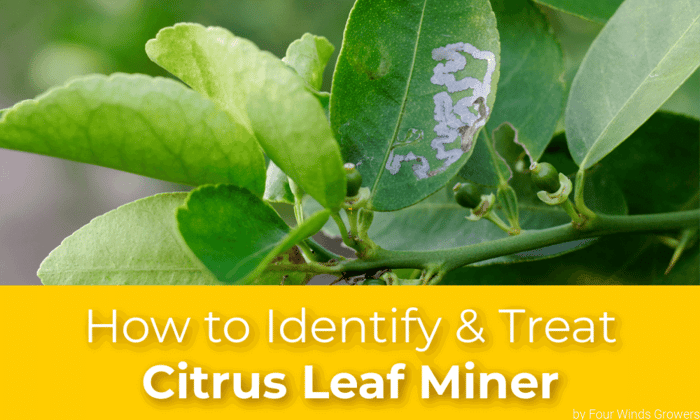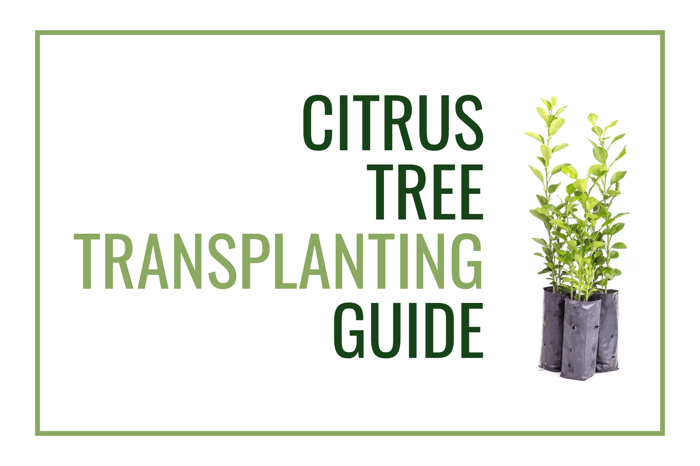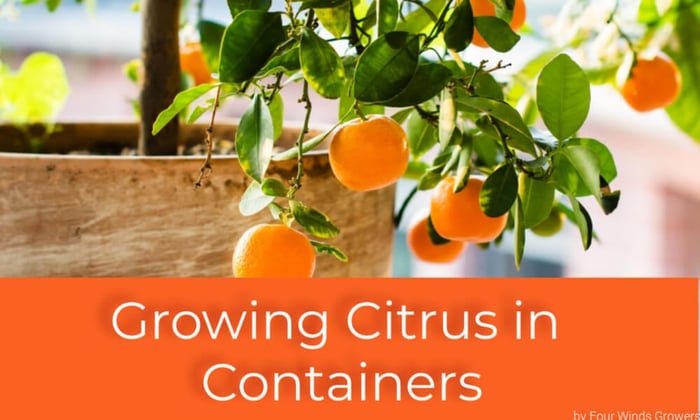-
Huanglongbing(HLB), previously known as Citrus Greening Disease, is the most destructive citrus disease on the planet. HLB is not harmful to humans but is fatal to citrus trees. The incurable disease is spread by the Asian Citrus Psyllid(ACP) which feeds on the tender new growth of citrus trees spreading disease from infected trees as they travel in search of fresh food. The pest and disease made their way into the US over the last couple of decades and now California homeowners and farmers alike need to work together to stop the spread.
Save Your Community's Citrus
-
Asian citrus psyllids are small insects that excrete a waxy residue on the leaves that they habitate. This is another indicator that you are combating ACP and should have your tree inspected for HLB.
-
Inspect your trees for Asian citrus psyllid(ACP) monthly and whenever you water, spray or prune your tree. If you spot the psyllid or the disease, call 800-491-1899. Psyllids feed on the tender new growth at the tips of citrus tree branches.
-
Citrus Greening disease can also be identified by the uneven blotchy yellow spots on the leaves. This is an early indication of an infected tree.
-
The movement of citrus plants, fruit, or foliage into or out of your area is highly frowned upon and illegal in some counties, states, countries, and quarantine zones as this can contribute to the spread of the pest and disease.
-
Plant only new citrus that is from a reputable, licensed nursery. This will help suppress the spread of HLB and other unknown pathogens.
-
When grafting citrus trees, only use registered clean budwood that comes with source documentation. This can be ordered online from the Citrus Clonal Protection Program(CCPP)
-
Dry out citrus clippings before removing the plant material from your property.
-
Cooperate with agricultural crews inspecting, trapping, and treating pests.
-
Agricultural officials track the presence of pests like the ACP by hanging yellow sticky traps in citrus trees throughout the state. When you allow these traps on your property, you help protect California Citrus.
-
Visit your local nursery for tree care information specific to your area. Ask about helpful products that you can use to protect against ACPs.
-
Clean up ant infestations on trees as well. Ants will protect ACP from beneficial insects like the Tamarixia radiata (parasitic wasp) that have been introduced to regulate ACP populations. The use of Biological control is one of few organic solutions available.
-
Stop Asian citrus psyllids(ACP) from getting established by protecting the new flush with particle films like Plant Guard tree paint and foliar spray. This strategy is still being tested but other clay-based particle films have shown up to an 80% reduction in ACP populations compared to insecticides. The physical barrier protects the trees flush from prospecting ACPs looking for fresh food. This does not cure the disease and regular applications, particularly after rainfall will be necessary to maintain an effective layer of protection.
Check out our Citrus Growing Tips for more information.
Protect your fruit trees from the hot summer sun, winter cold, pests, and rodents with Plant Gaurd tree paint and foliar spray.
Get in the know about HLB(Huanglongbing / Citrus Greening Disease) and help save your community's citrus. Only source citrus trees from reputable growers.
Author: Israel Osuna
Source: https://californiacitrusthreat.org/
Source: https://ucanr.edu/sites/scienceforcitrushealth/Research_Snapshots/Research_Snapshots/Psyllid_Management/Psyllid_Management/Vincent/
-




